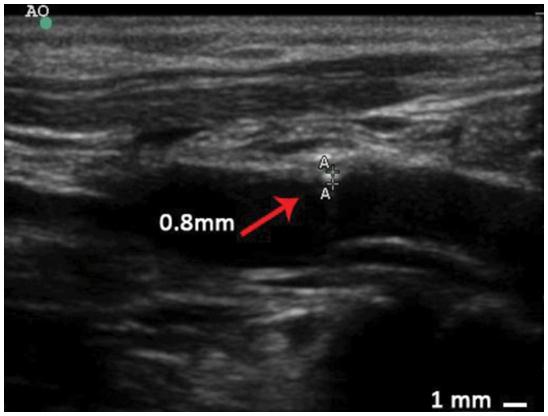Primate Atherosclerosis (AS) Modeling & Pharmacodynamics Service
With many years of providing professional CRO services, Creative Biolabs is recognized as a trustworthy solution provider by our global clients. We have advanced many preclinical non-GLP study projects based on our pharmacology and pharmacodynamics (PD/PK) platform. With the most advanced experimental apparatus, a professional R&D team, and the most stringent Q&C system, we are your optimal partner for new drug development.
What is AS?
Atherosclerosis (AS) characterized by abnormal thickening and hardening of the arterial walls is the main cause of coronary heart disease, cerebral infarction, and peripheral vascular disease. AS is caused by a buildup of plaque inside the arteries due to lipid metabolism disorder, and often involves the muscular arteries of the major and middle muscles. Once it develops enough to block the arterial lumen, the tissues or organs supplied by the artery will be ischemic or necrotic.
Preclinical Tools for AS Research
Generally, animal models of AS can be induced by cholesterol-rich/western diets, manipulating genes related to cholesterol metabolism, and introducing other risk factors for developing AS. Currently, the experimental animal strains used to establish AS include mice, rats, rabbits, pigs, and NHPs. Each model has its advantages and limitations. Because of the advantages of fast reproduction, small size, and easy operation, mice have become the main experimental animals for establishing AS models, such as apolipoprotein E deficient (ApoE-/-) mice, LDL-receptor (LDLr) knockout mice, and ApoE3-Leiden mice, etc.
Why We Need the NHP Model of AS?
In medical and pharmaceutical research, an ideal animal model should be similar to humans in terms of human anatomy and pathophysiology, so the results from animal models can be inferred to human medicine. The nature and distribution of AS lesions and the blood lipids of monkeys are very similar to humans. In addition, monkeys of different species are found to have different sensitivities to AS lesions and different distributions of AS lesions. For example, AS lesions in male rhesus monkeys are mainly distributed in the anterior descending and circumflex branches of the left coronary artery, while the AS lesions in cynomolgus monkeys are usually in the coronary arteries and the aorta is not affected. It is generally considered that rhesus monkeys are the most ideal species for the AS model.
 Fig.1 Intima-media thickness measurement of artery walls by ultrasound examination in a rhesus monkey of atherosclerosis (AS). (Zeng, et al., 2015)1, 2
Fig.1 Intima-media thickness measurement of artery walls by ultrasound examination in a rhesus monkey of atherosclerosis (AS). (Zeng, et al., 2015)1, 2
What Services Can We Provide?
With many years of development of NHP disease models, Creative Biolabs has accumulated much successful experience in NHP disease models and obtained valuable scientific data. Now, to advance the AS research, we provide the well-established and verified AS model in rhesus monkeys, and the related analysis services including but not limited to lipid levels measurement, ultrasound examination (carotid artery, abdominal aorta), immunohistochemistry, histochemical staining, lesion scoring, enzyme-linked immunosorbent assays, and Luminex analysis. If you are interested in our NHP model of AS or have any questions, please feel free to contact us for more information. The professional R&D team of Creative Biolabs will provide you with scientific assistance in your study design and implementation. We are your trusty CRO partner in your preclinical drug development.
Creative Biolabs offers various Cardiovascular Disease Models you may be interested in:
References
- Zeng, W.; et al. Establishment and ultrasound characteristics of atherosclerosis in rhesus monkey. Biomed Eng Online. 2015, 14 Suppl 1(Suppl 1): S13.
- under Open Access license CC BY 4.0, without modification.
For Research Use Only.
